Research into how the blood protein vitronectin changes when under pressure – such as when it passes through the blood vessels at the back of the eye – could unlock the mechanism of macular degeneration.
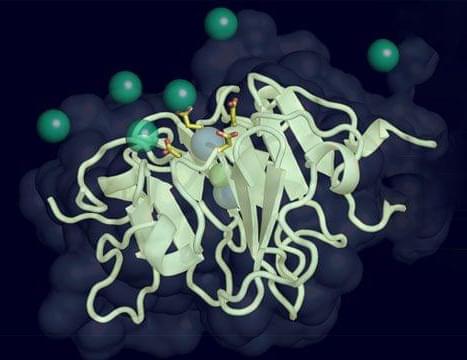

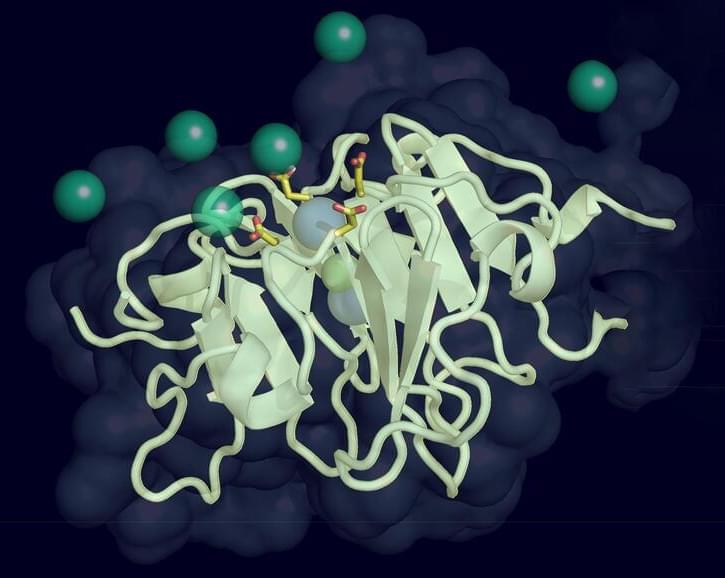
Research led by Sanford Burnham Prebys professor Francesca Marassi, Ph.D., is helping to reveal the molecular secrets of macular degeneration, which causes almost 90% of all age-related vision loss.
The study, published recently in the Biophysical Journal, describes the flexible structure of a key blood protein involved in macular degeneration and other age-related diseases, such as Alzheimer’s and atherosclerosis.
“Proteins in the blood are under constant and changing pressure because of the different ways blood flows throughout the body,” says Marassi. “For example, blood flows more slowly through small blood vessels in the eyes compared to larger arteries around the heart. Blood proteins need to be able to respond to these changes, and this study gives us fundamental truths about how they adapt to their environment, which is critical to targeting those proteins for future treatments.”
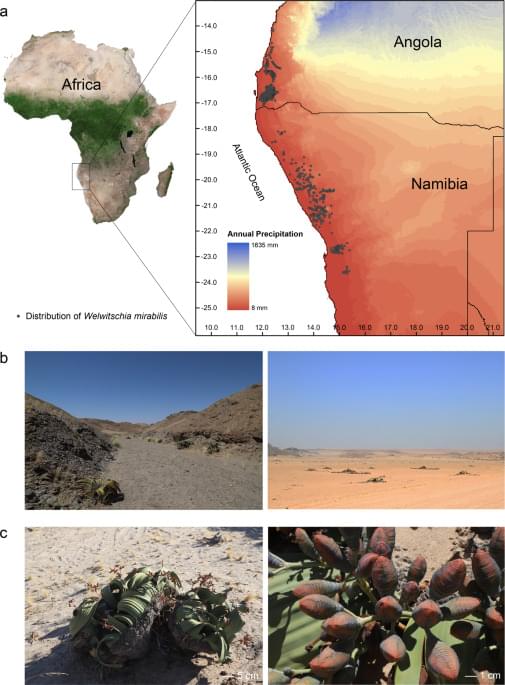
Circa 2021 face_with_colon_three
Welwitschia mirabilis is a unique plant that only has two leaves, but it can survive in hostile conditions of the African desert. Here, the authors report its chromosome-level genome assembly and discuss how gene function and regulation have given rise to its unique morphology and environmental adaptions.
Cyborgs transhumanist and futurists.
Museum of Science | Boston, MA
March 28th, 2018
We’ve all heard of Terminator, Blade Runner, and other science fiction about cyborgs. But how far is reality from fiction? Can scientists transform humans into machine-like creatures, stronger, smarter and, who knows, even immortal?
Join us for a unique conversation about our transhumanist future with neuroscientist Ed Boyden, leader of the Synthetic Neurobiology Group and associate professor of Biological Engineering and Brain and Cognitive Sciences at the MIT Media Lab and McGovern Institute for Brain Research; humanist Mark O’Connell, journalist and author of To Be a Machine: Adventures Among Cyborgs, Utopians, Hackers, and the Futurists Solving the Modest Problem of Death; and physicist Marcelo Gleiser, director of the Institute for Cross-Disciplinary Engagement at Dartmouth College.
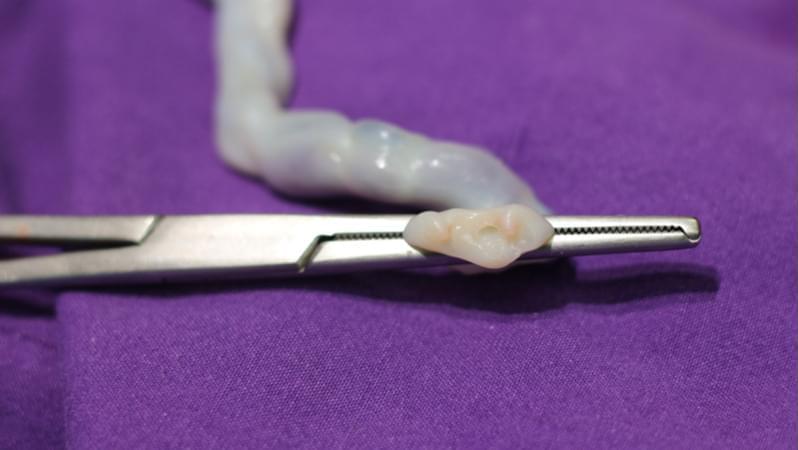
A year back and bodily function improves, and it’s a shot rather than transfusion as needed from other plasma treatments.
Researchers have found that intramuscular injections of plasma concentrate made from human umbilical cord blood improve various health biomarkers and decrease biological age in elderly people [1].
Circulating proteins have a significant impact on our health, and blood plasma transfusion is increasingly used against inflammatory conditions as well as some autoimmune and genetic diseases [2]. Basically, plasma transfusion enables physicians to alter the concentration of interesting molecules in the blood.
In recent years, Michael and Irina Conboy, along with other researchers, have experimented with blood/plasma exchange in the context of longevity [3]. Their continuing research has shown that heterochronic parabiosis (blood exchange between old and young animals), as well as plasma transfusion and even dilution of old plasma [4], alleviate various aspects of aging and decrease biological age as measured by methylation clocks.
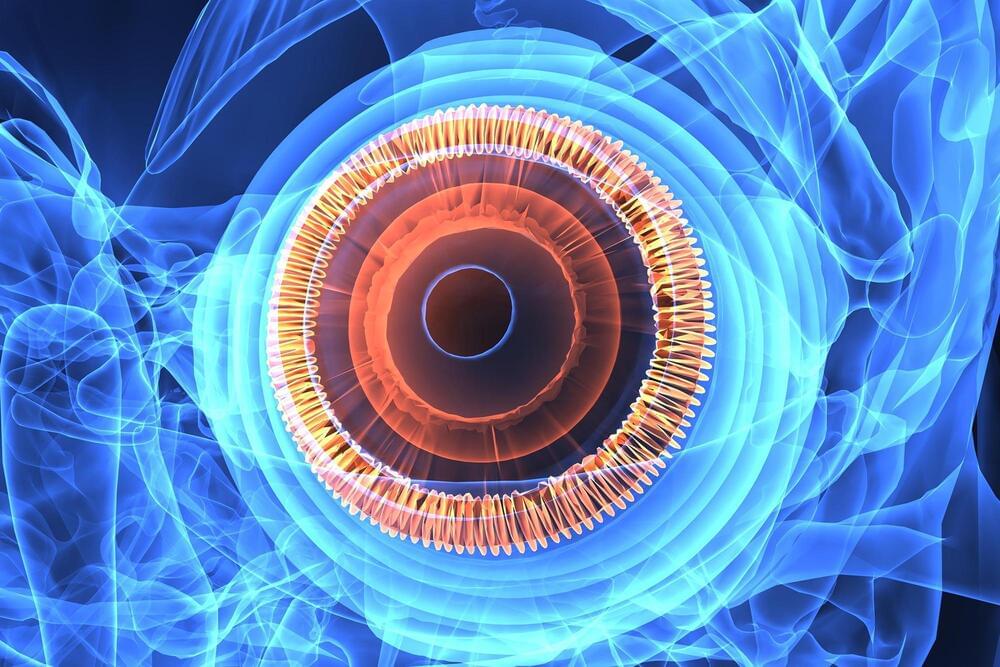
Did they unlock one of the vital keys to stop aging?
According to a recent National Eye Institute (NEI) study in mice, loss of the protein pigment epithelium-derived factor (PEDF), which protects retinal support cells, may promote age-related changes in the retina.
Age-related retinal diseases, such as age-related macular degeneration (AMD), can cause blindness since the retina is the light-sensitive tissue at the back of the eye. The new information could help develop medicines to stop AMD and other aging conditions of the retina. The research was published in the International Journal of Molecular Sciences. NEI is part of the National Institutes of Health.
“People have called PEDF the ‘youth’ protein because it is abundant in young retinas, but it declines during aging,” said Patricia Becerra, Ph.D., chief of NEI’s Section of Protein Structure and Function and senior author of the study. “This study showed for the first time that just removing PEDF leads to a host of gene changes that mimic aging in the retina.”
Dr Vittorio Sabastiano explains the possibilities on resetting the age of any cell type in the near future in this clip.
Dr. Vittorio Sebastiano is an Assistant Professor in the Department of Obstetrics and Gynecology at Stanford School of Medicine. His lab has established a new technology named ERA (Epigenetic Reprogramming of Aging), which repurposes the conceptual idea of reprogramming, with the goal to promote epigenetic rejuvenation of adult cells leaving their identity untouched. This new technology was patented and is being implemented by Turn Biotechnologies, of which Dr. Sebastiano is co-founder and Chair of the Scientific Advisory Board.
In 2009, Dr. Sebastiano completed a postdoctoral fellowship at the laboratory of Dr. Marius Wernig at Stanford University, where he implemented the newly discovered iPSC technology and was among the first to demonstrate that iPSCs can be efficiently derived, genetically modified, and implemented for cell therapy in genetic diseases (Sebastiano et al., 2014, Science Translational Medicine).
Dr. Sebastiano completed his undergraduate and graduate studies at the University of Pavia, Italy, where he studied murine germ cells and preimplantation development and where he pioneered cellular reprogramming by Somatic Cell Nuclear Transfer. He joined the Max Planck Institute for Molecular Biomedicine as a postdoctoral fellow under the mentorship of Dr. Hans Robert Schöler, where he continued his research on cellular reprograming, germ cells biology, and embryonic development.
DISCLAIMER: Please note that none of the information in this video constitutes health advice or should be substituted in lieu of professional guidance. The video content is purely for informational purposes.
#ForeverYoung #ReverseAging #reprogramming #VittorioSabastiano #Stanford #DavidSinclair #NMN sirtuin #NadBooster #Exercise #NAD #BeingHungry #NMN #Rejuvenate #Reprogramming #Mitochondria #ALA #Metformin #PQQ #CoQ10 #Carnitine #Antioxidant #LookYounger #NMN #Resveratrol #Quercetin #Fisetin #senolytics #OliveOil #Sirtuin #HIIT #aging #Lifespan #NMN #NR #Spermidine #Metformin #Berberine #ReverseAging #Epigenetic #OleicAcid #NMN #NAD #Sirtuins #Fasting #Longevity #RestoreYouth #Reprogramming #DavidSinclair #DrSinclairLab #Healthspan #Younger #antiaging #DrSinclair #NAD #longevity #Bioscience #Epigenome
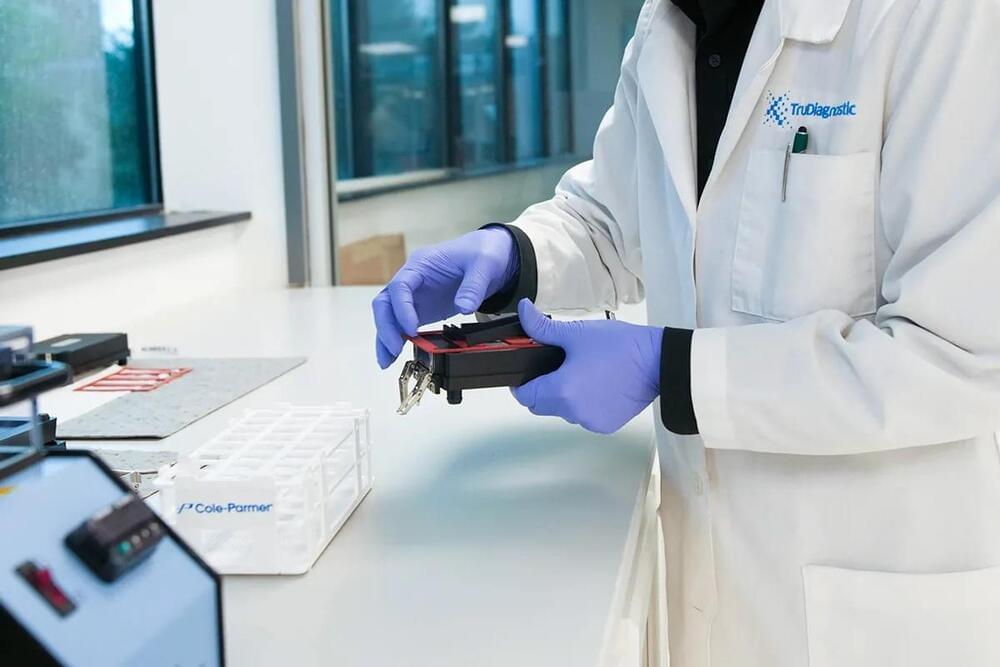
The Dunedin Pace of Aging Algorithm (PACE) was created by researchers from Duke, and the University of Otago over the course of 50 years of longitudinal research. It offers a revolutionary way to track aging which looks at an individual’s current rate of aging, and now TruDiagnostic has announced it is offering this powerful, third-generation clock to the public at an affordable price through TruAge PACE.
Longevity. Technology: Biologically, aging is the process of human cells slowly losing function over time; this process can be tracked by examining molecular markers called methylation and using advanced algorithms to sort those markers and calculate a person’s biological age – how old they are biologically rather than they number of birthdays they have clocked up.
The ability to track aging is dependent on the ability of the algorithms themselves. Until recently, most algorithms were trained on chronological age, and this meant they had poor responsiveness to interventions that are known to impact the biological course of aging. PACE gives individuals t he ability to detect rapid aging at an early age.
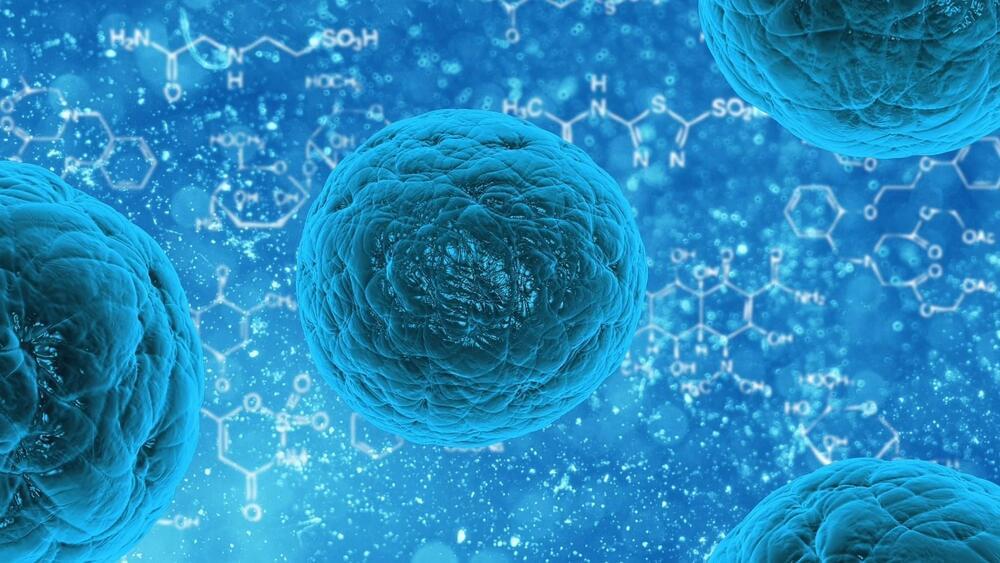
Cedars-Sinai investigators have developed an investigational therapy using support cells and a protective protein that can be delivered past the blood-brain barrier. This combined stem cell and gene therapy can potentially protect diseased motor neurons in the spinal cord of patients with amyotrophic lateral sclerosis, a fatal neurological disorder known as ALS or Lou Gehrig’s disease.
In the first trial of its kind, the Cedars-Sinai team showed that delivery of this combined treatment is safe in humans. The findings were reported today in the peer-reviewed journal Nature Medicine.
“Using stem cells is a powerful way to deliver important proteins to the brain or spinal cord that can’t otherwise get through the blood-brain barrier,” said senior and corresponding author Clive Svendsen, Ph.D., professor of Biomedical Sciences and Medicine and executive director of the Cedars-Sinai Board of Governors Regenerative Medicine Institute. “We were able to show that the engineered stem cell product can be safely transplanted in the human spinal cord. And after a one-time treatment, these cells can survive and produce an important protein for over three years that is known to protect motor neurons that die in ALS.”
Join us on Patreon!
https://www.patreon.com/MichaelLustgartenPhD
TruDiagnostic Discount Link (Epigenetic Testing)
CONQUERAGING!
https://bit.ly/3Rken0n.
Bristle Discount Link (Oral microbiome quantification):
ConquerAging15
https://www.bmq30trk.com/4FL3LK/GTSC3/
Cronometer Discount Link (Daily diet tracking):
https://shareasale.com/r.cfm?b=1390137&u=3266601&m=61121&urllink=&afftrack=
Support the channel with Buy Me A Coffee!
https://www.buymeacoffee.com/mlhnrca.
Papers referenced in the video: